Kindergarten
Content Objective:
I can demonstrate knowledge of the 5 senses by identifying all 5 senses while building a Mr. Potato head or creating a play-dough face.
Language Objective:
I can orally explain at least 2 senses.
Sentence stem :
I use my __________ to ___________.
Vocabulary:
senses, eyes, sight, see, ears, sound, hear, nose, smell, mouth, tongue, taste, hands, feet, skin, feel, touch
S.IA.00.12 Share ideas about the senses through purposeful conversation.
First Grade
Content Objective:
I can demonstrate comprehension of observable properties by sorting objects by properties such as size, color, shape, texture, etc.
Language Objective:
I can orally explain or draw 1 way that my group sorted the objects.
Sentence Stem:
My group sorted the objects by _________.
Vocabulary
sort , observe, properties, size, color, shape, texture, weight
P.PM.01.11 Demonstrate the ability to sort objects according to observable attributes as color, shape, size.
P.PM.E1 Physical Properties- All objects and substances have physical properties that can be measured.
Second Grade
Property- Sinking and Floating
Content Objective:
I can demonstrate comprehension of the properties of wood by creating a way to sink my floating piece of wood using rubber bands and paper clips.
Language Objective:
I can write and draw to explain how I got my floating wood to sink.
Sentence stems:
I got my piece of wood to sink by ______________________.
Vocabulary: classify, compare, properties, attributes, shape, size, texture, color, floating, sinking,
P.PM.02.12 Describe objects and substances according to their properties (color, size, shape, texture, hardness, liquid or solid, sinking or floating)
Third Grade
Content Objective:
I can demonstrate comprehension of forces by using pushes and pulls in the “Penny Drop” experiment.
Language Objective:
I can draw and write to explain the forces I used and my results from the Penny Drop experiment.
Vocabulary: hypothesis , prediction, results, conclusion, force, motion, gravity, push, pull
P.FM.03.35 Describe how a push or a pull is a force.
P.FM.E.2 Gravity-Earth pulls down on all objects with a force called gravity.
P.FM.03.22 Identify the force that pulls objects toward the Earth.
Fourth Grade
Content Objective:
I can demonstrate comprehension of the three ways heat is transferred(radiation, convection, and conduction) with a focus on conduction by observing and predicting which material (glass, paper, metal, or plastic) is the best heat conductor to melt an ice cube fastest.
Language Objective:
I can write to explain what kind of container I would use if I wanted to keep my food cool? and What kind of container would work best if I wanted to keep my food warmer? Explain why?
Vocabulary
energy, heat, energy transfer, radiation, convection, conduction, waves, solid, liquid, gas
P.EN.E.4 Energy and Temperature- Increasing the temperature of any substance requires the addition of energy.
P.EN.04.41 Demonstrate how temperature can be increased in a substance by adding energy.
Fifth Grade
Content Objective:
I can demonstrate comprehension of forces by classifying and exploring with objects using contact and non-contact forces
Language Objective:
I can write to explain the difference between a contact force and a non-contact force using examples from today’s activities.
Vocabulary: contact and non-contact forces, motion, force, magnetic attraction and repulsion, gravitational force, electrical force
P.FM.M.2 Force Interactions-some forces between objects act when the objects are in direct contact(touching), such as friction and air resistance, or when they are not in direct contact (not touching), such as magnetic force, electrical force, and gravitational force.
P.FM.05.21 Distinguish between contact forces and non-contact forces.
P.FM.05.22 Demonstrate contact and non-contact forces to change motion of an object.
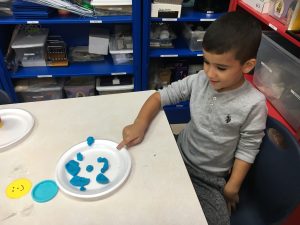

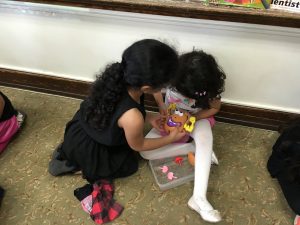
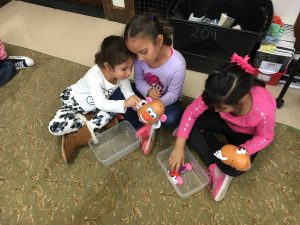
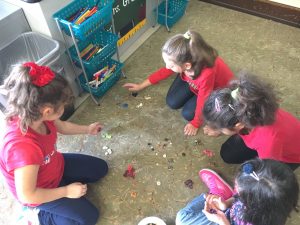
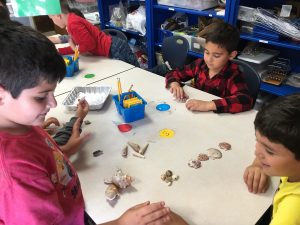
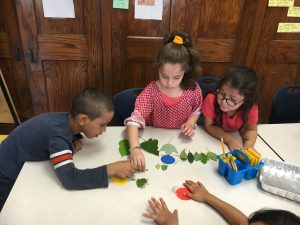

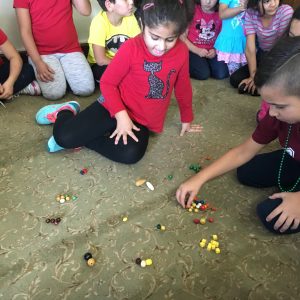
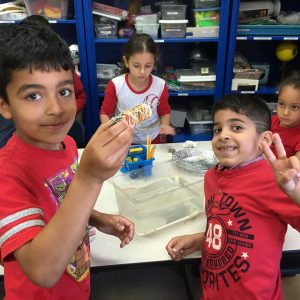
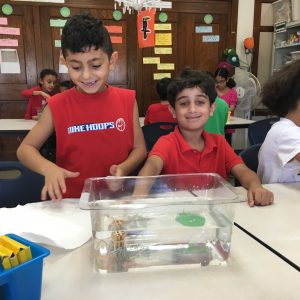
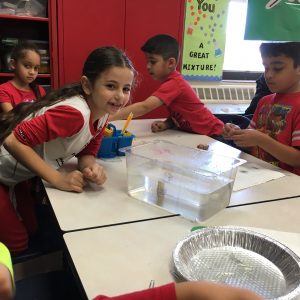
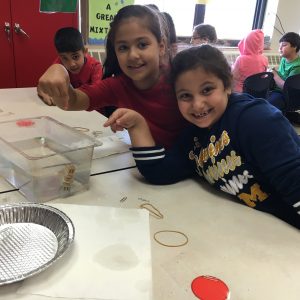
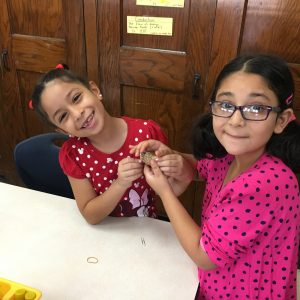
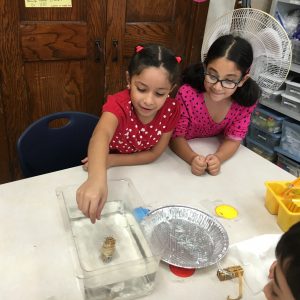
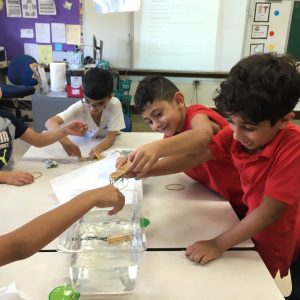

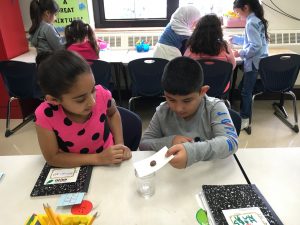
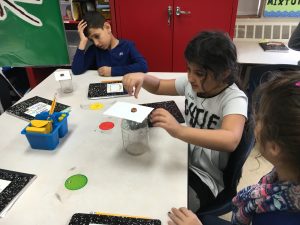
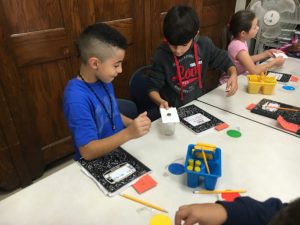
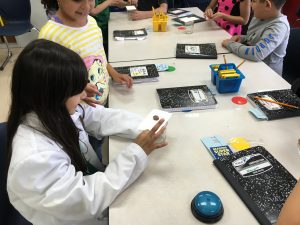
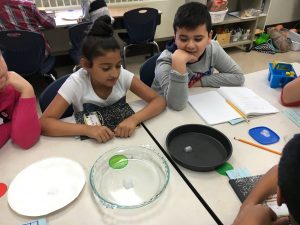

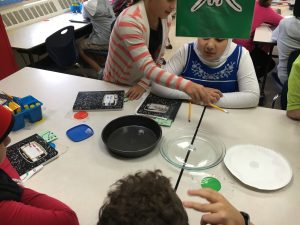
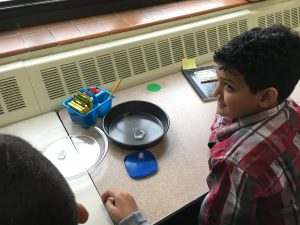
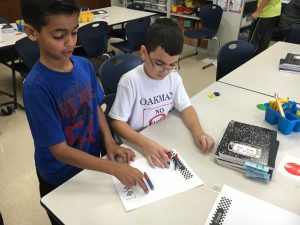
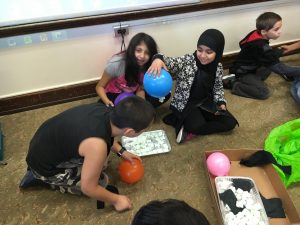
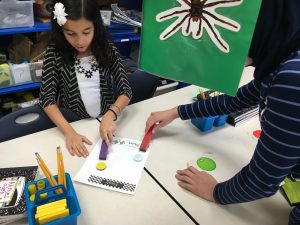
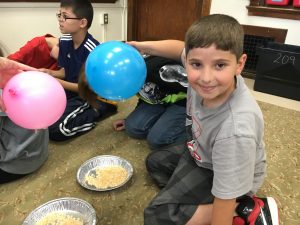
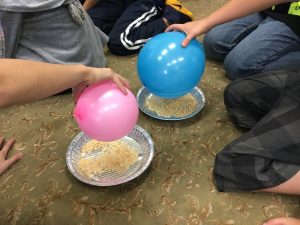
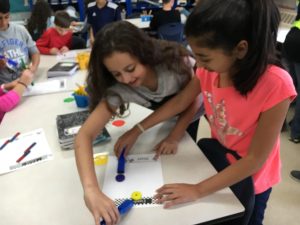
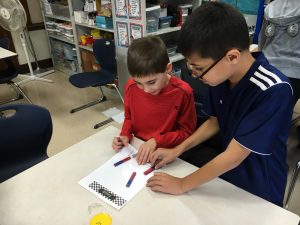
Leave a Reply